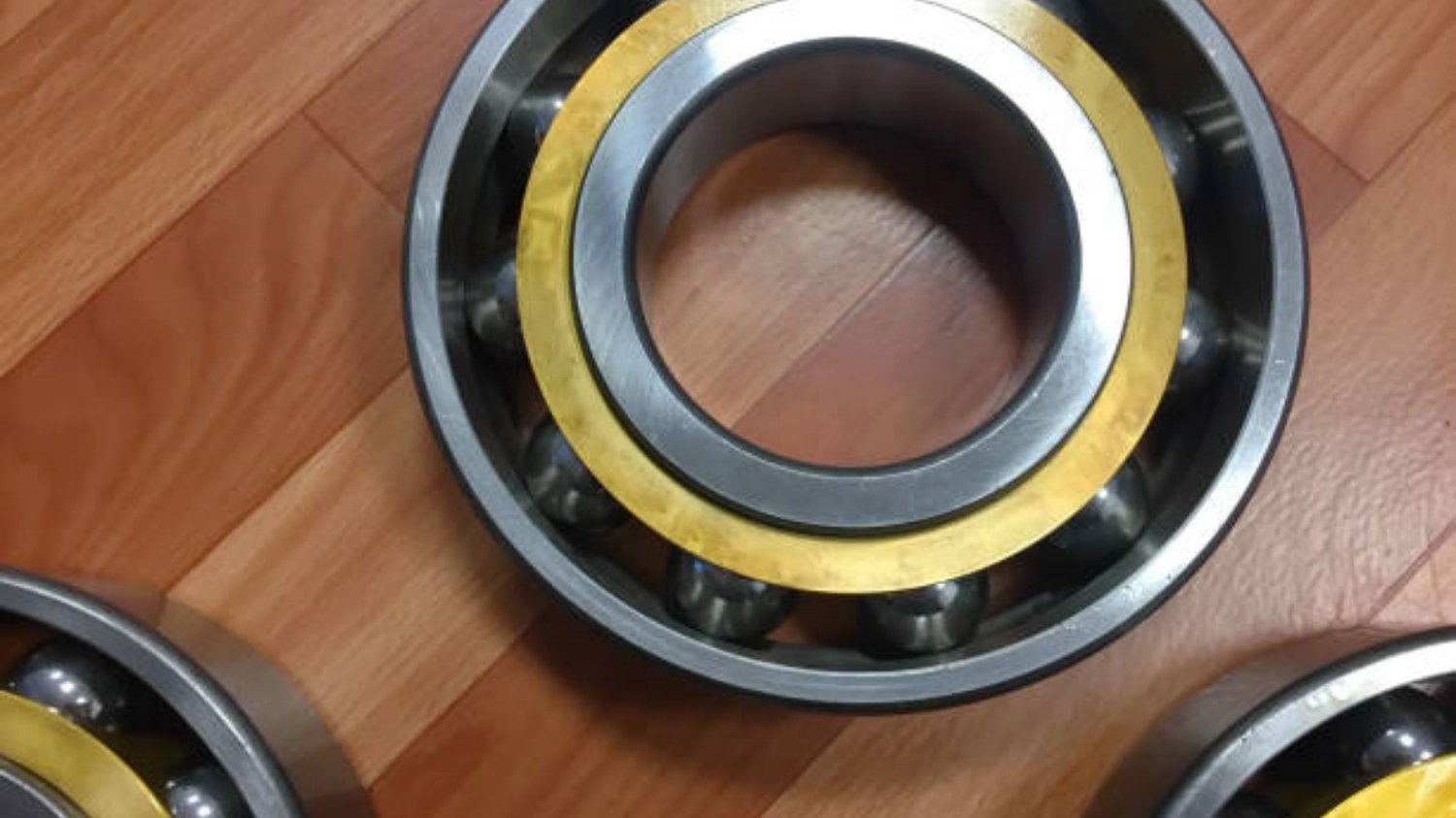All You Need to Know About Polyurethane Impeller Replacement
When it comes to industrial machinery, the impeller plays a crucial role in ensuring smooth operation and efficient performance. Over time, impellers may wear out or become damaged, requiring replacement. In this article, we will explore the process of polyurethane impeller replacement, discussing its benefits, steps, and considerations. Whether you are a maintenance professional or an equipment owner, this comprehensive guide will provide you with valuable insights.
1. Understanding Polyurethane Impellers
Polyurethane impellers are widely used in various industries due to their exceptional durability and resistance to abrasion, chemicals, and wear. These impellers are commonly found in pumps, mixers, and other equipment that handle fluids. Made from polyurethane, a versatile and tough elastomer, these impellers offer excellent performance and longevity.
2. Signs that Your Impeller Needs Replacement
Regular inspection is crucial to identify any signs of wear or damage in your impeller. Some common indicators that it may be time for a Polyurethane impeller replacement include:
- Excessive vibration or noise during operation
- Reduced performance or efficiency
- Visible cracks or chips on the impeller surface
- Uneven wear or erosion
3. Benefits of Polyurethane Impeller Replacement
Replacing your worn or damaged impeller with a polyurethane impeller offers several benefits:
- Enhanced durability and resistance to wear
- Improved efficiency and performance
- Reduced maintenance and downtime
- Resistance to chemicals and corrosive substances
- Cost-effective solution in the long run
4. Steps to Replace a Polyurethane Impeller
Replacing a polyurethane impeller requires careful planning and execution. Here are the general steps involved in the replacement process:
- Shut down the equipment and ensure it is completely de-energized.
- Disconnect any necessary piping or connections to access the impeller.
- Remove the impeller by following the manufacturer's instructions or consulting equipment manuals.
- Thoroughly clean the impeller housing and inspect it for any damage or wear.
- Prepare the new polyurethane impeller by ensuring it is compatible with your equipment and application.
- Install the new impeller carefully, ensuring proper alignment and clearance.
- Reconnect any piping or connections that were disconnected earlier.
- Perform a test run to ensure the impeller is functioning correctly.
- Monitor the performance of the new impeller and make any necessary adjustments.
- Maintain a regular inspection and maintenance schedule to prolong the life of the impeller.
5. Considerations for Polyurethane Impeller Replacement
Before proceeding with a polyurethane impeller replacement, it is important to consider the following factors:
- Compatibility: Ensure that the new impeller is compatible with your equipment and application requirements.
- Quality: Choose a reputable supplier to ensure you receive a high-quality polyurethane impeller.
- Customization: If necessary, opt for custom-made impellers to meet specific equipment specifications.
- Expertise: If you lack the necessary expertise or tools, consider hiring professionals for the replacement process.
- Safety: Follow all safety guidelines and procedures to prevent accidents during the replacement.
6. Tips for Prolonging Impeller Life
Proper maintenance and care can significantly extend the life of your polyurethane impeller. Consider the following tips:
- Regularly inspect the impeller for signs of wear or damage.
- Ensure proper lubrication of bearings and rotating parts.
- Keep the impeller clean and free from debris and contaminants.
- Monitor the performance of the impeller and address any issues promptly.
- Follow the manufacturer's guidelines for maintenance and service intervals.
7. Common Challenges in Impeller Replacement
While polyurethane impeller replacement can be a straightforward process, some challenges may arise:
- Difficulty in accessing the impeller due to equipment design or limited space.
- Tight tolerance requirements for proper impeller alignment.
- Compatibility issues between the new impeller and existing equipment components.
- Potential damage to the impeller housing or other parts during the replacement.
- Lack of resources or expertise to perform the replacement in-house.
8. Expert Advice on Polyurethane Impeller Replacement
For a successful polyurethane impeller replacement, consider the following expert advice:
- Consult with the equipment manufacturer or a trusted supplier for guidance on the replacement process.
- Carefully review equipment manuals and documentation for specific instructions and precautions.
- Seek assistance from professionals if you are uncertain about any aspect of the replacement.
- Invest in high-quality polyurethane impellers to ensure long-lasting performance.
- Maintain a proactive approach to impeller maintenance and replacement to prevent costly breakdowns.
9. Cost Considerations for Polyurethane Impeller Replacement
The cost of polyurethane impeller replacement can vary depending on several factors, including:
- Size and complexity of the impeller
- Quality and customization requirements
- Labor costs for the replacement process
- Additional materials or equipment needed
- Shipping and delivery expenses
10. Conclusion
Polyurethane impeller replacement is an essential maintenance task to ensure the reliable and efficient operation of industrial equipment. By understanding the benefits, steps, and considerations involved, you can successfully replace your worn or damaged impeller with a high-quality polyurethane alternative. Remember to prioritize safety, consult experts when needed, and follow a proactive maintenance approach to maximize the lifespan of your impeller and minimize downtime.

